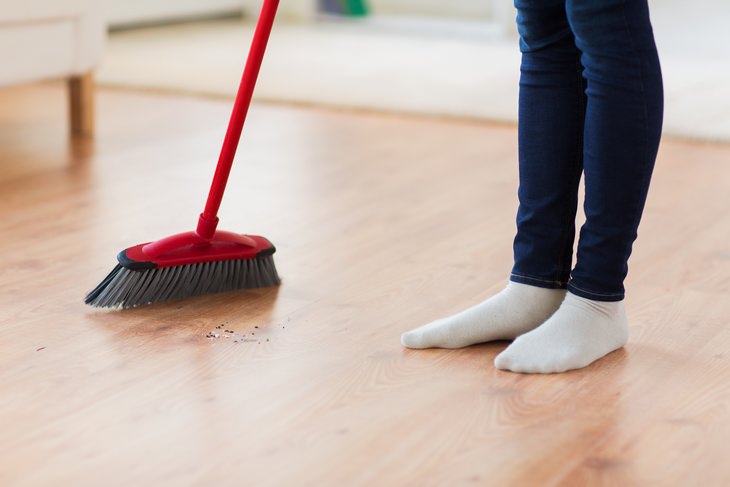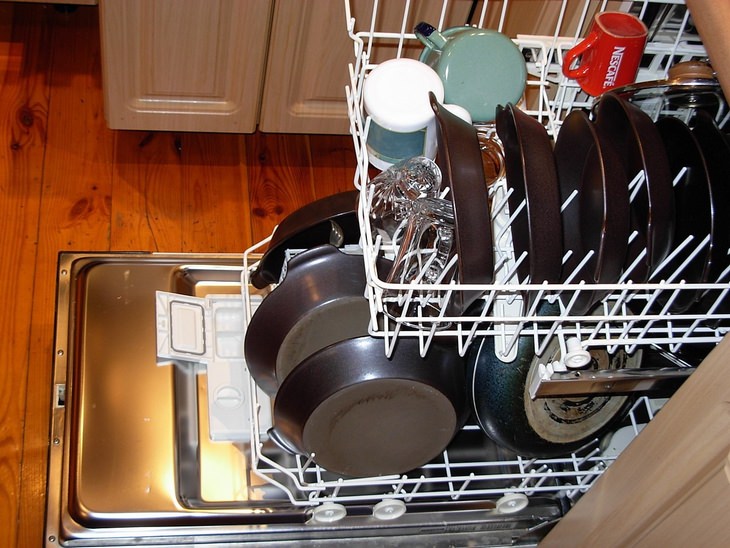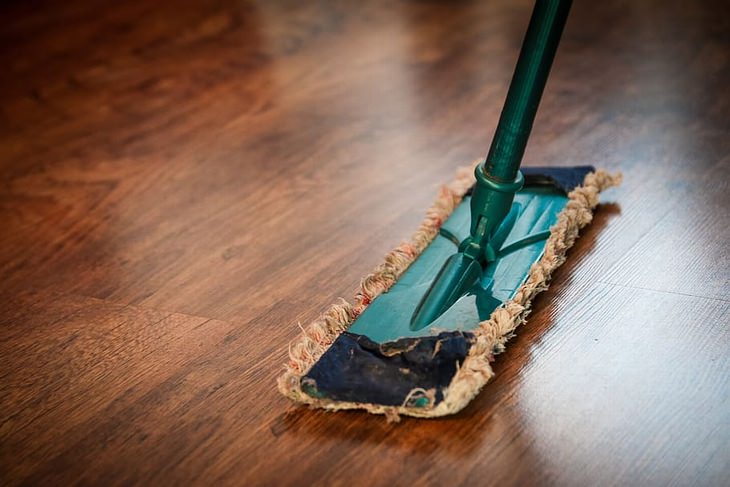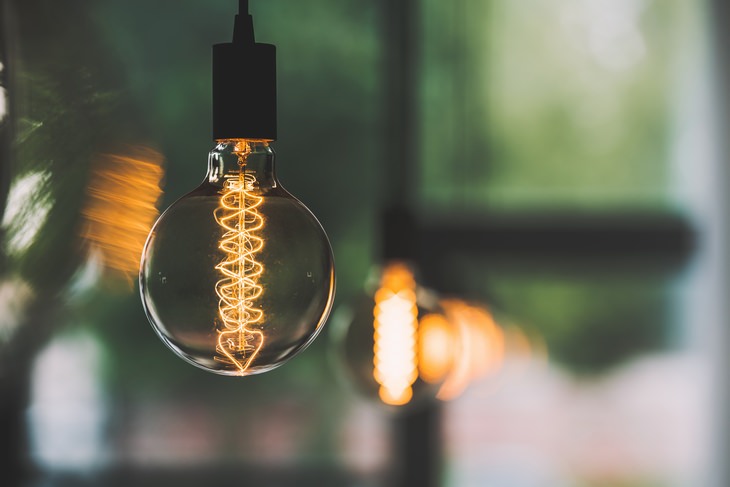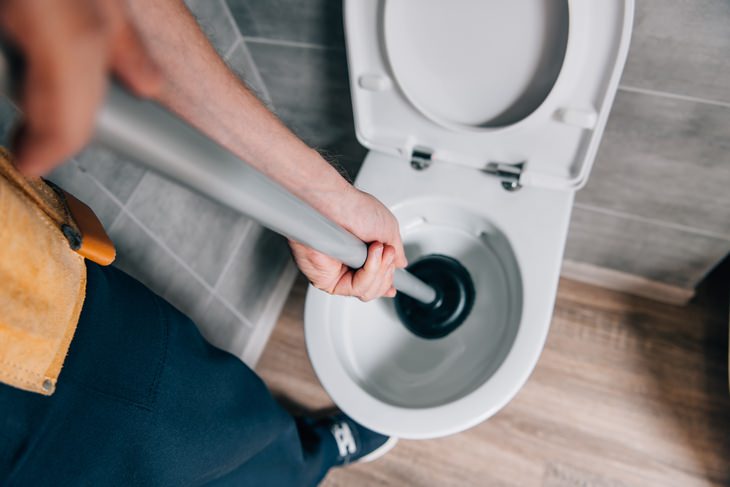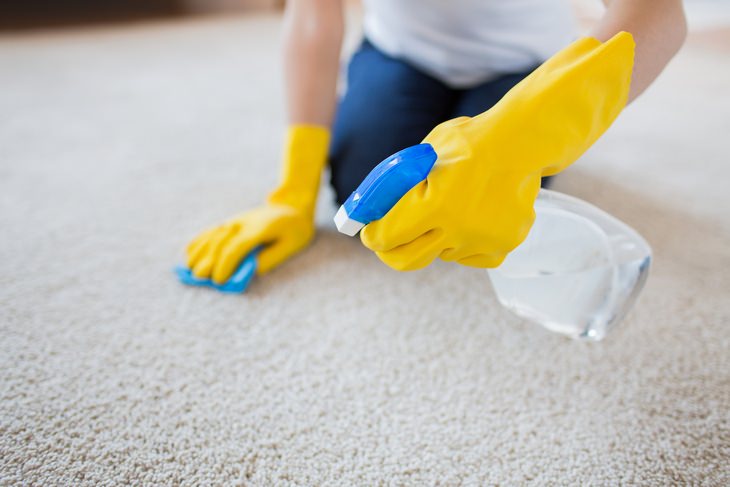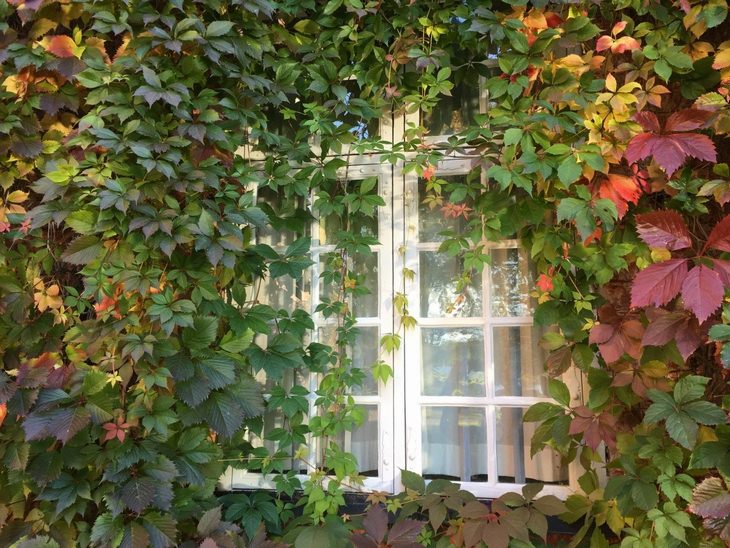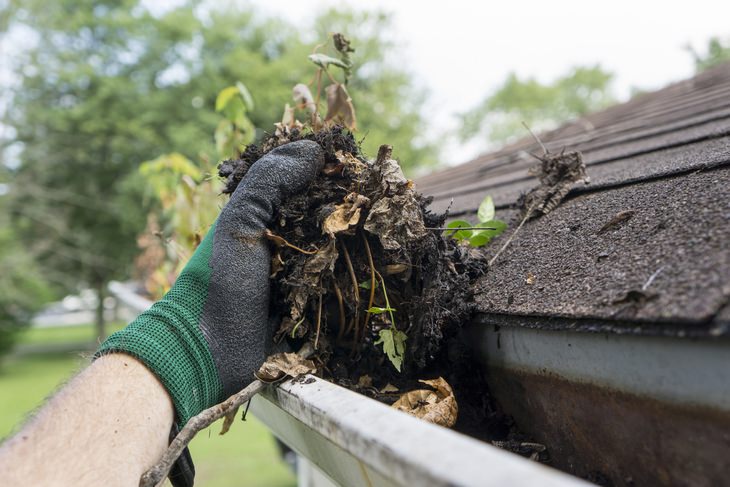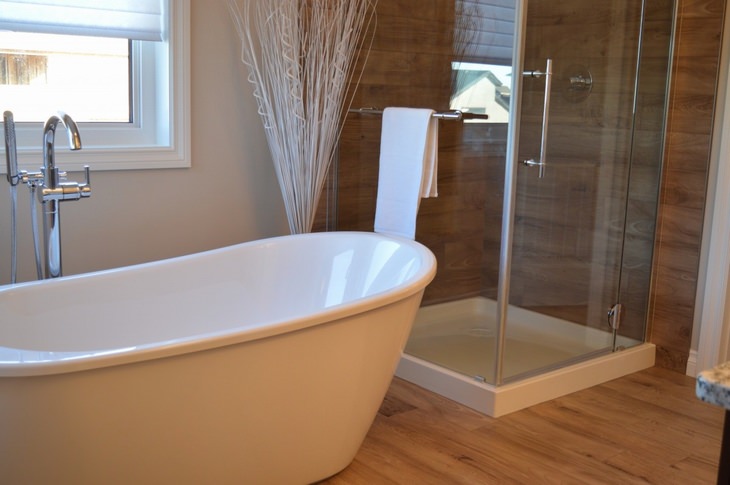1. Sweeping Instead of Vacuuming
It might seem harmless, but there is one crucial difference between sweeping your floor and vacuuming it. When you sweep, the dirt particles are being dragged around the floor surface. Little bits of sand or gravel can scratch the floor and damage it. It is especially for true hardwood floors. If you want to mop or sweep them, it is best if you vacuum first.
2. Cleaning the Dishwasher with Vinegar
Vinegar is often celebrated as the ultimate all-curing life hack. While that is true in some cases, it does not apply to your dishwasher. The strong acidity of vinegar can break down the rubber gaskets in your dishwasher, resulting in costly damage to the appliance. Furthermore, if it mixes with salt left from bits of food, vinegar can discolor metal pans and bowls.
3. Using Bleach to Clean Kitchen Cabinets
Cleaning the kitchen cabinets are often neglected but don't forget they do absorb some of the grease, coffee drips, and other messy bits. If your cabinets are painted, avoid using bleach-based cleaning materials you might use in other parts of your home. The harsh chemicals can cause a dull look by wearing down the existing finish. Instead, you may use a bit of dish soap, soft cloth, and warm water, and scrub gently.
Another tome to lay off the bleach is when cleaning your hardwood floor. Instead of removing stains it will only cause a bigger stain or damage the wood. The best way to clean hardwood floor is by using a dry or damp (not wet) mop. If you feel that just water won’t cut it, make sure you use a cleaning product that’s wood-specific.
5. Dismissing Flickering Lights
We tend to brush off flickering lights and put the blame on faulty bulbs, but that is not always the case. If the problem persists after you have tried replacing and tightening the bulb, it could be a warning sign of a potentially dangerous wiring malfunction. Loose wiring is a major cause for house fires, so don’t hesitate to call your electrician in case of a flickering light.
6. Flushing Random Objects Down the Toilet
This one may sound obvious, but a reminder never hurts – only human waste and toilet paper can be flushed down the toilet! Anything else – dental floss, food, sanitary pads, medication, etc. - might clog the pipes and cause the toilet to overflow. No one wants to deal with that mess.
7. Using too Much Shampoo When Cleaning Carpets
More does not necessarily mean better. When you use an excessive amount of shampoo to clean your carpet, you risk not being able to wash all of it off. That can prompt a mold problem to start growing. When it comes to cleaning a carpet, even the biggest DIY enthusiasts should consider using the help of a professional, as soapy residue on a carpet can be impossible to clean out.
8. Letting Climbing Plants Grow Over Your Home
While a vine-covered house might hold an aesthetic value for some people, it might not be the best idea for the house’s structure. Vines tend to trap water, vermin, and insects, all harmful to paint, bricks, and masonry. If you don’t want to give up the stately look of a climbing plant on the façade of your home, consider growing them on a support set about 6-8 inches out from the house siding, rather than the house itself.
9. Neglecting to Clean the Gutter
Cleaning the gutters is quite a hassle as well as a dangerous task, so it’s no wonder many people put it off for as long as they can. But by procrastinating, you might be creating a bigger problem in the future. When the debris is left to accumulate for a long time, the gutters clog and your home becomes vulnerable. When clogged, the gutter’s water flow is impeded and it causes moisture, which in turn leads the wood trim to rot. Experts recommend cleaning the gutter at least three times a year.
10. Not Using an Exhaust Fan After a Shower
Not letting the shower exhaust fan to work for 20 minutes after showering can have dire results. When the humidity is not cleared properly, the moist air combined with darkness is the perfect breeding ground for mold. Turning it on only during the time you shower will keep some of the steam from building up, but it isn’t enough on its own.
11. Leaving the Shower Before Fully Drying Off
You might assume that the shower mat absorbs the excess water that drips off of you after a shower and that's enough to protect the floor. That assumption is not entirely wrong and not entirely right either. A damp shower rug will allow some moisture to seep into the linoleum flooring, causing it to stain and possibly warp. Other than making sure you’re properly dry before stepping out of the shower, don’t forget to change the shower mat frequently.
12. Keeping the Blinds Open All Day
Lighting up your space for some portion of the day is important, but it’s recommended to close your blinds when you head out of the house. Prolonged exposure to strong UV rays can cause fading and discoloration to hardwood floors.
Related Articles:

